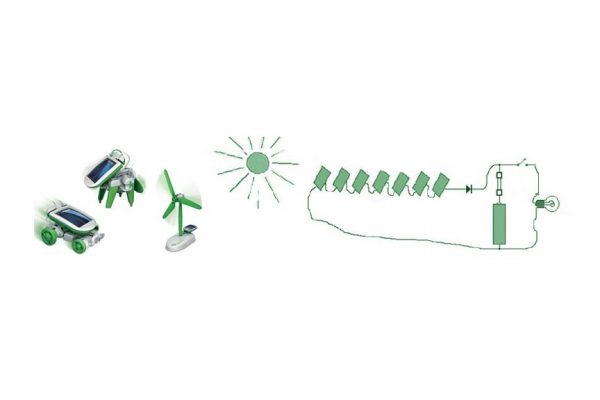In this post we will analyse the characteristics of a 500W solar panel from three major brands in the photovoltaic panel sector: Canadian Solar, Trina Solar and Longi.
Their differences will be reviewed, noting the advantages and disadvantages of each one. The models to be studied are:
- Trina Vertex Solar Panel 500W (TSM-DE18M(II))
- Longi Solar Panel LR5-66HPH 500W
- Solar panel Canadian Solar Hiku5 Mono CS3Y-500MS
First, we compare the electrical data of each solar panel. As you can see from the data sheet, the Trina Vertex solar panel has a maximum power voltage (Vmpp) of 42.8V, Longi has 38.38V and CanadianSolar has 45V. This means that the Longi module is the one that achieves the highest electrical power output at the lowest voltage.
The solar panel that can produce a maximum amount of electrical current when operating at maximum power is the Longi module. This characteristic is indicated by the parameter current at maximum power (Impp). In the data sheet of the three modules it can be seen that the Impp of the Trina is 11.69A, of the Longi is 13.03A and of the CanadianSolar is 11.12A.
Another interesting parameter to compare is the open circuit voltage (Voc). This value represents the maximum voltage that a solar panel can produce when it is not connected to a load or system. In other words, it is the voltage of the solar panel when there is no electrical current flowing through it and no load is connected to its output terminals. VOC is measured in volts (V) and is one of the key specifications provided for solar panels. The Voc of the Trina is 51.7A, the Longi is 45.55A and the CanadianSolar is 53.7A.
There is also an important electrical specification to look at which is the short circuit current (Isc). The Trina is 12.28A, the Longi is 13.90A and the CanadianSolar is 11.77A. This means that the Longi solar panel is the one that can generate the maximum current when its output terminals are short-circuited, i.e. when there is no resistance in the circuit and the electric current can flow freely through the solar panel.
The last essential electrical data for solar panels is efficiency, i.e. the amount of solar energy the module can convert into electricity relative to the total amount of solar energy incident on it. The Trina solar module has an efficiency of 20.7%, the Longi module has an efficiency of 21.1% and the CanadianSolar module has an efficiency of 21.2%, making it the most efficient of the three solar panels.
In terms of mechanical parameters, all three have monocrystalline solar cells. Trina’s has 150 cells, Longi’s 132 and CanadianSolar’s 156.
Their dimensions are similar, all have the same thickness of 35 mm. The narrowest is the CanadianSolar, at 1048mm, and the shortest is the Longi solar panel, at 2093mm.
The lightest solar panel is the Longi solar panel, weighing 25.3kg.
The operational limits are also very similar. The operating temperature is the same for all three modules (-40, +85°C) and the maximum system voltage is also 1500V DC. On the other hand, the maximum fuse rating is higher in the Longi panel (25A) as opposed to the Trina and CanadianSolar, which is 20A.
Finally, the temperature coefficients vary slightly. These values refer to the variations of the parameters Pmax, Voc and Isc with respect to the variations in ambient temperature. The table below shows the values for the three models in the study:
| TRINA | LONGI | CANADIAN | |
| Temperature Coefficient Pmax | -0.34%/C | -0.34%/C | -0.34%/C |
| Temperature Coefficient Voc | -0.25%/C | -0.265%/C | -0.26%/C |
| Temperature Coefficient Isc | 0.04%/C | 0.05%/C | 0.05%/C |
It is observed that the maximum power and open circuit voltage of the 3 solar panels in the analysis decrease as the temperature increases. The Voc decreases more in the Longi brand solar panel. On the other hand, the short circuit current increases with increasing temperature in all three modules of the study. The Trina solar panel shows the least variation.





